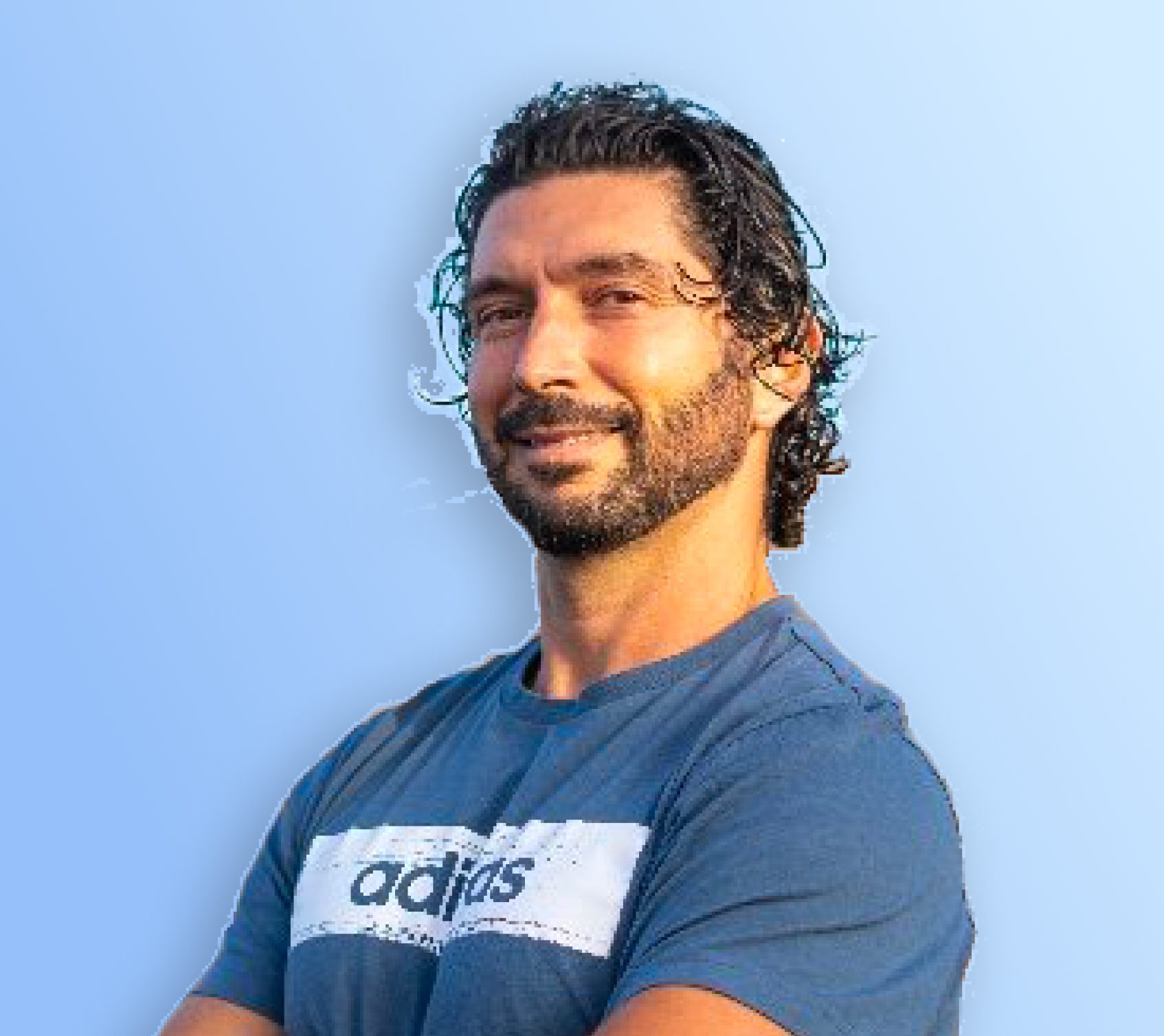Maelán Fontes: Business models in Digital Physiotherapy

Where do I start to generate my digital physiotherapy service?
That is the question that Maelán Fontes Villalba, pioneer and expert in digital physiotherapy, answers. Discover with us how to remotely monitor any patient profile and generate a stable business model.
What's inside?
A complete guide on how to run your online physiotherapy business
Who is the webinar for?
For health professionals
Maelán Fontes: A business model based on digitalization
Maelán started out as a “digital physiotherapist” before the pandemic. With a few exercise prescriptions they were not very convinced about at first: “I started about a month before the pandemic because I heard about it from an acquaintance in the fitness world but the idea didn’t sit well with me. Then I started reading evidence about it and realised that it was something that had been done for 10 or 15 years in Canada or Australia and I decided to embark on the project.
Digital rehabilitation is not suitable for every type of patient, as some patients have more complex pathologies that require more comprehensive care from the physiotherapist. But telerehabilitation is a tool that facilitates the work of healthcare professionals and guarantees the correct monitoring of the patient, wherever he or she may be.
“The online patient usually comes with a basic education that other applications have given them, and it is difficult to make a classic patient see the advantages of digital physiotherapy when they are used to a face-to-face model. For this reason, is important to educate”.
In addition, to be able to practice this type of telematic treatment, good tools are needed to help us with our task. “My basics, in terms of digital tools, are a good base of exercises or, failing that, one that allows you to do your owns. That allows you to monitor the patient’s progress at all times and that allows you to make video calls and that includes a chat with which you can communicate with the patient. Those 3 things: chat, exercises and monitoring”.
There need to be pioneers in the implementation, to test the model, patent it and make it evolve so that there is a praxis with it and that faults are found. This is why our speaker started in this area.
As our speaker David Trenado said: “The technological world comes to help, to implement and sometimes even, to correct. And you need ‘Quijotes’ to test these systems, to find the possible errors and profile them to ensure their implementation”.